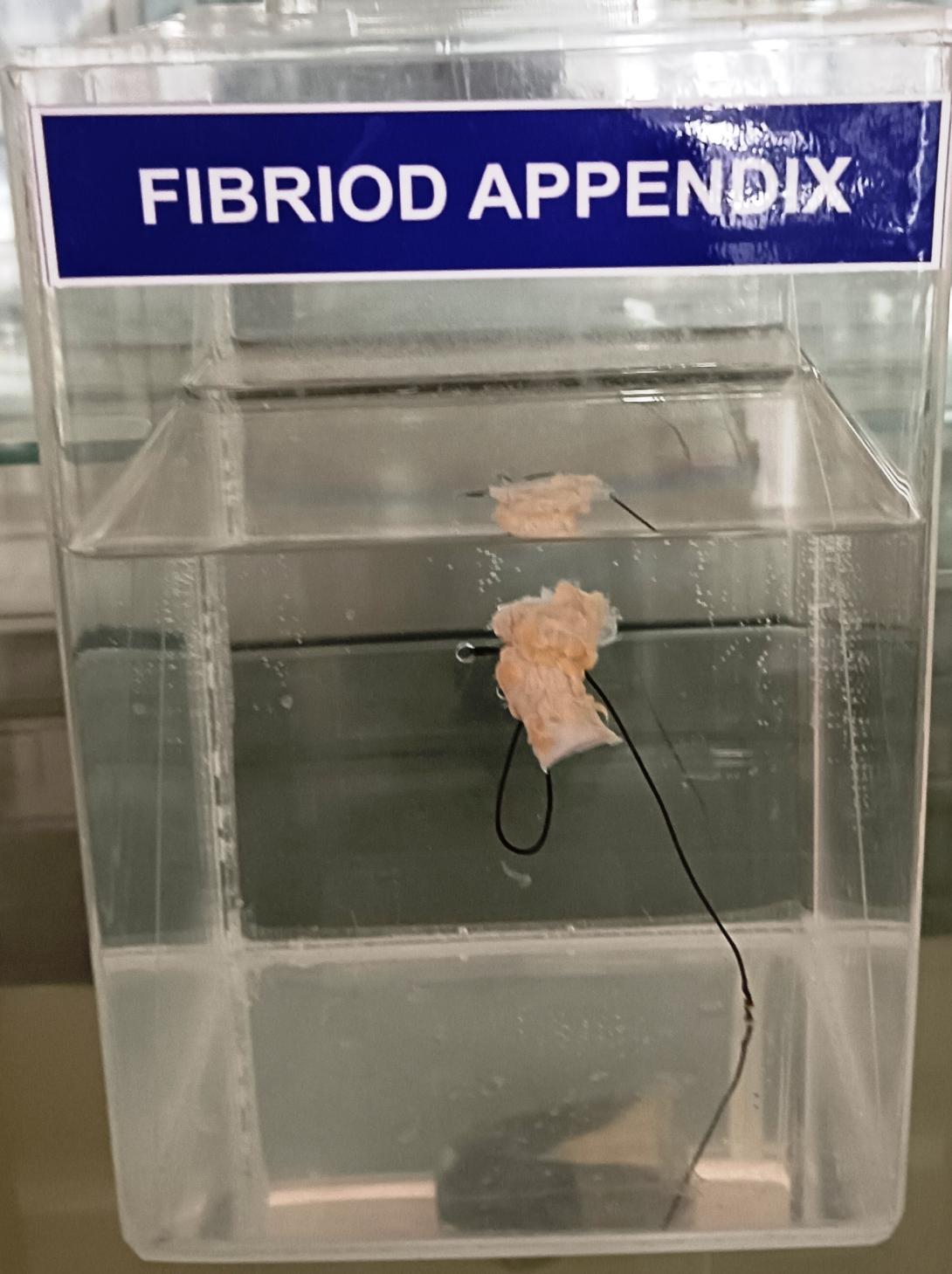Fibroids, also known as leiomyomas, are benign tumors that can arise in various parts of the body, including the uterus, skin, and gastrointestinal tract. Fibroids can also arise in the appendix, which is a small, tube-like structure attached to the cecum, the first part of the large intestine.
The appendix has a fibromuscular wall that is composed of smooth muscle and connective tissue. If a fibroid arises in the appendix, it is typically a leiomyoma, which is a tumor that arises from the smooth muscle cells in the wall of the appendix. Leiomyomas of the appendix are rare, accounting for less than 1% of all appendix tumors.
Pathologically, a fibroid appendix is characterized by the presence of a well-circumscribed, nodular mass within the wall of the appendix. The mass is typically composed of spindle-shaped cells arranged in interlacing bundles or whorls. These cells are similar to the smooth muscle cells found in the normal appendix wall, but they are arranged in a more disorganized manner.
Fibroid appendix tumors are usually asymptomatic and are found incidentally during imaging studies or surgery for other conditions. In some cases, they may cause abdominal pain, nausea, or vomiting if they obstruct the lumen of the appendix. In rare cases, fibroid appendix tumors may become malignant, although this is very uncommon.

